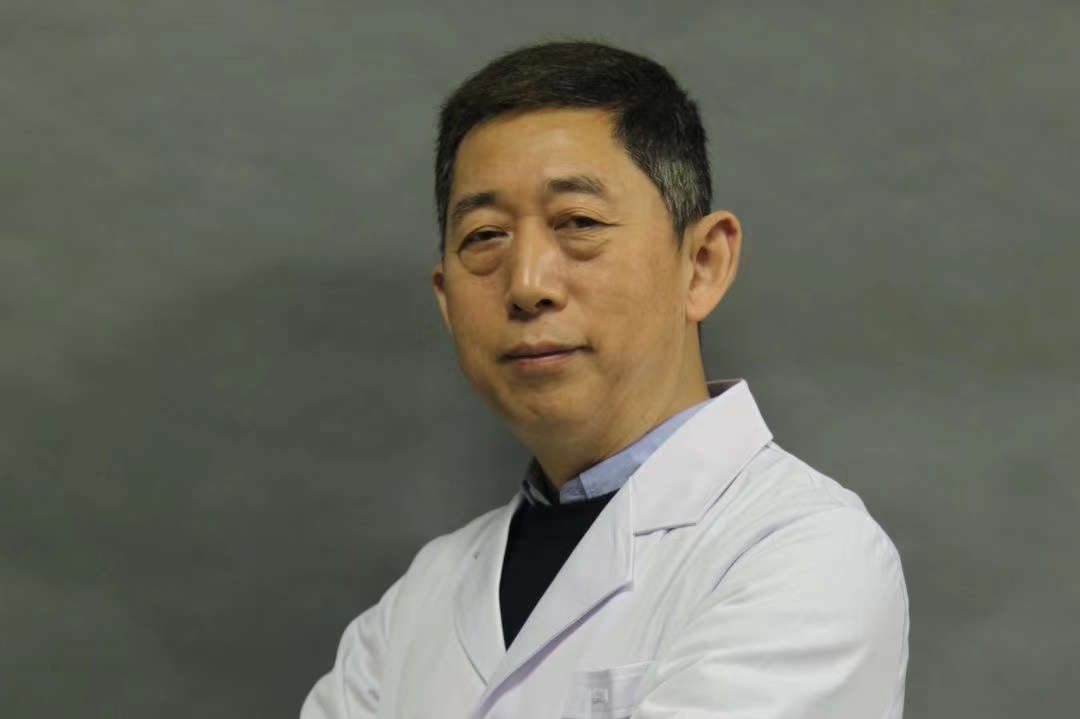Why shouldn't you take a bath after gua sha or cupping?
Generally, it is advised not to take a bath after gua sha or cupping therapy due to reasons such as protecting the skin, preventing infection, enhancing therapeutic effects, avoiding thermal stimulation, and maintaining body heat. The specific details are as follows:
1. Protecting the Skin
Guasha and cupping can cause certain stimulation to the skin, possibly resulting in redness, bruising, or subcutaneous bleeding. This may make the skin more sensitive and fragile. Avoiding bathing helps prevent further irritation or damage, thereby supporting skin recovery.
2. Preventing Infection
During gua sha and cupping, minor injuries or tiny breaks in the skin may occur. When bathing, water and cleansers could enter these openings, increasing the risk of infection.
3. Enhancing Therapeutic Effects
The purpose of gua sha and cupping is to stimulate the skin and underlying tissues to promote blood circulation and lymphatic detoxification. Bathing may interfere with this stimulatory effect, potentially reducing the treatment's effectiveness.
4. Avoiding Thermal Stimulation
After gua sha or cupping, the skin becomes more sensitive to temperature changes. The water temperature during bathing may cause excessive hot or cold stimulation, leading to discomfort.
5. Maintaining Body Heat
Guasha and cupping generate a certain amount of heat through skin stimulation. If a patient bathes afterward, the cooling effect of water may lead to loss of body heat, which could impair the desired therapeutic outcome.
It is recommended to consult a licensed Traditional Chinese Medicine practitioner or healthcare provider for professional advice tailored to individual circumstances.




